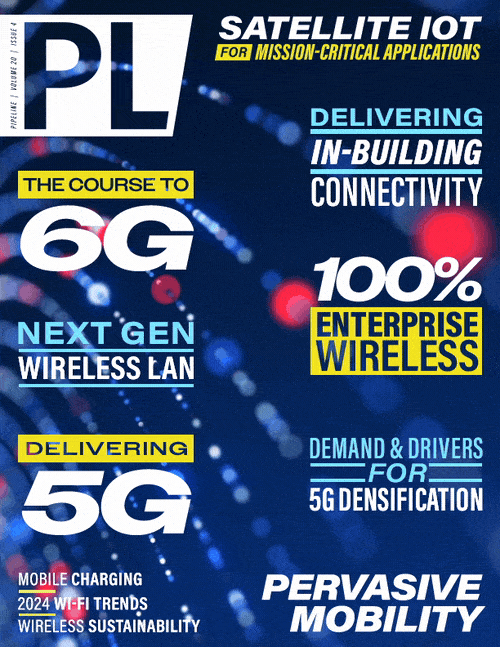Delivering Pervasive In-Building
Wireless Connectivity with CBRS
Match Network Transformation
As mobile network infrastructure evolves from 4G to 5G and 6G, increasing network densification is making site build-out ever more difficult. In fact, there were more than 450,000 outdoor small cell nodes already operating across the U.S. at the end of 2022. At the same time, greater economic pressures and coverage mandates are compelling MNOs to find new ways to reduce costs even as they densify coverage.
These challenges are giving rise to new approaches to network deployment and management, including active radio access network (RAN) sharing. These deployment models allow multiple MNOs to share
RAN equipment and/or CBRS spectrum allocations to reduce costs and avoid potential performance and maintenance problems caused by over-building their networks. These shared RAN infrastructure
approaches help MNOs increase cost efficiency as they reduce site footprint and environmental impacts, especially for those buildings that, in size or capacity needs, do not require a full
multi-operator DAS.

Figure 2. Legacy vs. Mid-band
MORAN
With a multi-operator RAN (MORAN) model, each MNO has dedicated baseband units (BBUs) despite sharing radios, antennas, and power with other MNOs. These shared MORAN deployments can be used with licensed spectrum, in a public network, or with CBRS spectrum for private networks. And when deploying an Open RAN network, a “shared O-RU” feature might be a cost-effective option. This configuration allows full visibility and control of BBU equipment, although it will require changes to front haul switches to enable multiple interfaces. (Figure 3 on next page)
Evolve DAS Models
With the traditional in-building coverage model, multiple operators share neutral host DAS infrastructure that interfaces with signal sources from each MNO’s RAN independently to provide capacity. The DAS platform then distributes that capacity from multiple MNOs to multiple antenna points throughout the building, venue, or campus. This universally accepted model provides the MNOs full visibility and control of their own RAN infrastructure and has been a de facto preferred solution for larger buildings where MNOs need most of their frequency bands.
Yet, as tomorrow’s indoor networks evolve to progressively greater RAN sharing, a model like MOCN is the type of solution that provides better efficiencies for smaller buildings with no capacity constraints. As MNOs transition to an active RAN sharing model, next-generation DAS architectures will enable sharing of the distribution and intermediate layers, while core connections to the MNO networks will exist as today. The MOCN shared spectrum model may be a more efficient solution for smaller enterprise networks and venues below 200,000 square feet, where seamless coverage is more critical than high capacity.



















